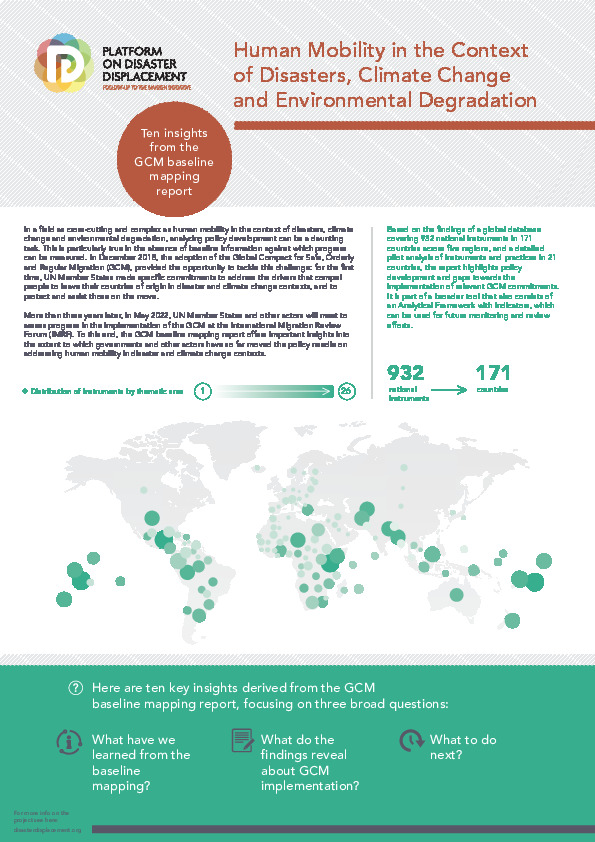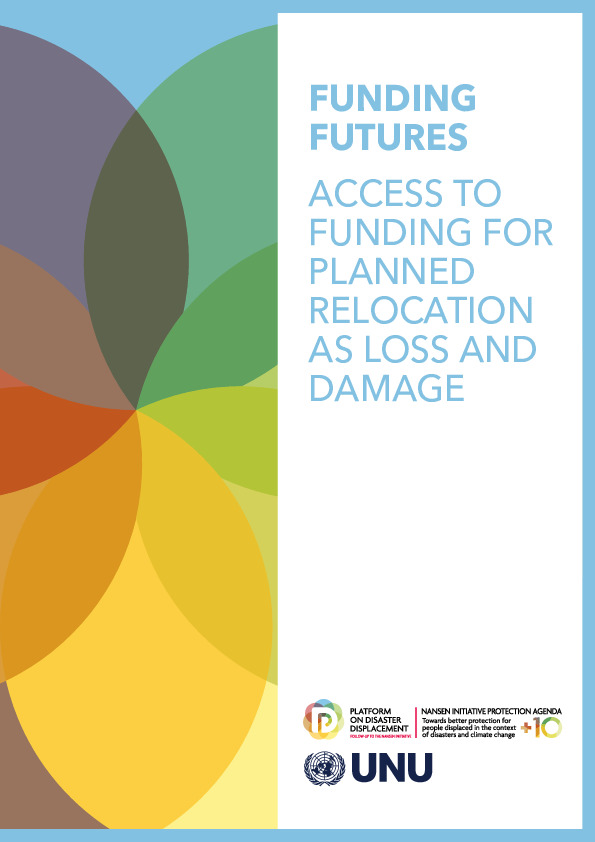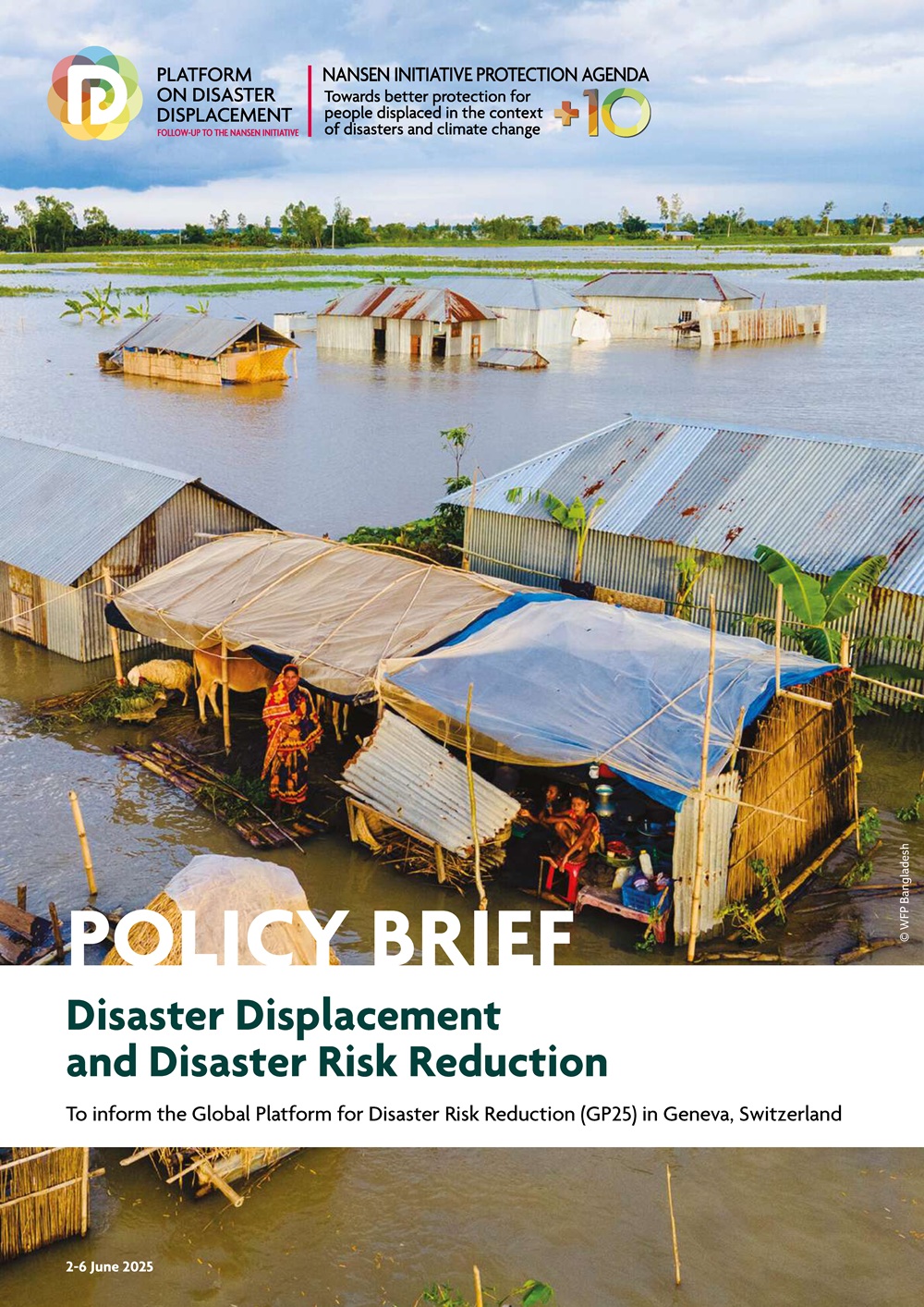Implementing the Commitments Related to Addressing Human Mobility in the Context of Disasters, Climate Change and Environmental Degradation – A Baseline Analysis Report Under the Global Compact for Safe, Orderly and Regular Migration
Learn more about the infographics here.
In December 2018, Member States of the United Nations adopted the Global Compact for Safe, Orderly and Regular Migration (GCM), a historical non-binding international agreement proposing for the first time a common and comprehensive approach to the governance of international migration aligned with obligations and principles under international law. The agreement includes, among other issues, specific commitments to address the drivers that compel people to leave their countries of origin in the context of disasters, the adverse effects of climate change and environmental degradation, and to protect and assist those who are compelled to leave their countries in these contexts. This includes 12 actions under Objectives 2, 5, 21 and 23 of the GCM that are of particular relevance to addressing these challenges.
Yet, in the absence of a dedicated monitoring and reporting framework, and of globally consolidated baseline information on applicable national instruments and practices, analysing the progress made in implementing these commitments remains a challenge.
To support such efforts, this report reviews provisions relevant to governing human mobility in the context of disasters, climate change and environmental degradation in existing national and regional policy and legal instruments, with the aim to establish a preliminary baseline against which future progress can be measured as part of GCM voluntary monitoring and reporting efforts.
This report is an integral part of a tool consisting of an indicators-based Analytical Framework, a global database of national and regional policies and legislation, and a detailed review for a selection of countries with a set of recommendations, that serves as a pilot analysis and can be used as such or further adapted by governments and relevant stakeholders to track the implementation of GCM commitments related to human mobility in the context of disasters, climate change and environmental degradation. The tool can also serve as a supplementary point of reference to guide implementation, as it highlights available guidance on this topic and provides examples of relevant instruments and practices, as well as a useful resource for researchers and practitioners for further analysis of policy development in this area.
Ten key insights derived from the report were developed and based on three broad questions:
- What have we learned from the baseline mapping?
- What do the findings reveal about GCM implementation?
- What to do next?
- The Analytical Framework and its Annexes define a set of indicators to guide the review of national policy and legal instruments and describe in detail the scope and methodology applied for this mapping exercise.
- The Global Database [to be published] contains over 930 national policy and legal instruments in 171 countries, 20 bilateral and 140 regional instruments in the areas of human mobility, climate change, disaster risk management, and sustainable development governance containing provisions of relevance to human mobility in the context of disasters, climate change and environmental degradation.







